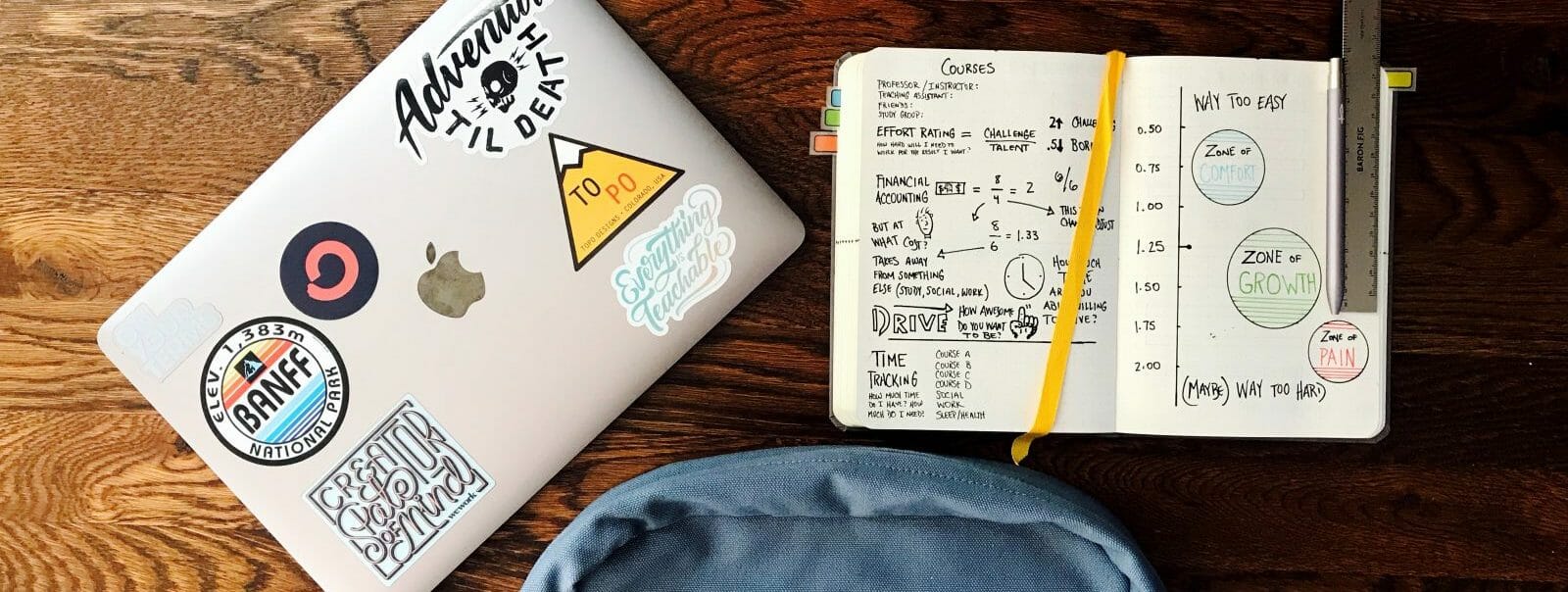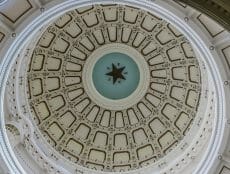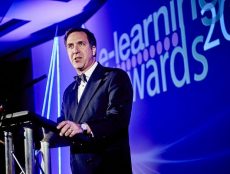
Articles
Higher Education
5 Takeaways from The College Board Report Trends in Higher Education Report
By Henry Kronk
October 19, 2018
The going line for some time is that, in the last thirty years, sticker price tuition at private non-profit colleges has doubled, while at public universities, it has tripled. That was again confirmed in The College Board annual report Trends in Higher Education out on Tuesday. But all is not doom and gloom. The report provides a sobering yet occasionally optimistic view of college tuition, student demographics, and affordability.
Here are some key takeaways. We’ll start with the good news.
Tuition Hikes Have Stabilized Over the Past Few Years
Between the previous and current school years, tuition and fees rose a collective 2.5% at public four year institutions. The figure was 3.3% at private non-profits. These figures represent comparatively minuscule increases when adjusting for inflation (the current rate is forecast to be 1.9% in 2018).
During some of the worst periods in the last few decades, tuition has risen by magnitudes of inflation. Between the school years beginning in 2008 and 2009, for example, tuition at public four-year institutions rose 9.4% in 2018 dollars. Throughout the period between 2008 and 2014, sticker price tuition rose by 14% after adjusting for inflation.
Zooming out further, the past decade represents the lowest increase in tuition at public and private non-profits in the past 30 years (although this decade is tied with ’98-’08 for tuition increase at private nonprofits). That’s despite the advent of the Great Recession. This may indicate that American higher education is finding a way to stabilize tuition increases.
Educational Expenditures Per Full-Time Student Are Way Up
Looking between the ’05-’06 and ’15-’16 school years, university expenditures per full-time equivalent (FTE) student increased by 17% (adjusted for inflation) at doctorate-granting public and private schools.
This one seems counterintuitive, especially so considering that, while enrollment has declined steadily in the past few years, it’s still risen since 2006 by 11% at public institutions.
Institutions of higher ed tend to be complex commercial entities, drawing revenue from dozens of different streams. Still, this figure baldly suggests that at least a good portion of tuition hikes have gone directly back into education.
State and Local Funding Per Student Has Drawn Even with Pre-Recession Levels
State appropriations sit just behind tuition and fees as public universities’ second-largest source of revenue. That funding was generally gutted following the Great Recession. The 2016-17 school year, however, saw levels surpass 20016-07 levels by 2%, The College Board reports.
And now for the bad news.
Net Prices at Public and Private Nonprofits Continue to Rise
While a university’s published tuition, also known as the sticker price, is a useful measure of college affordability, most students don’t pay the full amount. The net price looks at the total amount paid on average by each student.
Net price for FTE in-state public students actually fell in the early years of the Great Recession from $3,100 in ’07-’08 to $2,100 in ’09-’10. This was helped in part by a huge increase in federal grants under the Obama administration, which were intended to offset the dropping state appropriations. Today, net price has surpassed 2007 levels to reach $3,800, according to The College Board. Including room and board, the average in-state public college student pays roughly $15,000 per year.
Net tuition at private nonprofits actually is still below the high water mark set in’07-’08 at $15,500. It is currently an estimated $14,600. Accounting for room and board however, the net price has surpassed ’07-’08 levels of about $25,000 and currently sits at $27,300.
Private non-profit students on average receive $21,200 in student aid. A full 70% of that comes from reductions in the price of tuition.
Over One-Third of College Learners Who Enroll Never Complete Their Degrees, College Board Authors Say
While the above is damning, the most expensive college experience is one that never results in a degree. That means more years of tuition, fees, and room and board.
As The College Board authors write, “Taking more than two years to earn an associate degree or more than four years to earn a bachelor’s degree has other financial implications beyond tuition and fee expenses. Forgone earnings from reduced participation in the labor force are the largest portion of the cost of college for most students. The more quickly students earn their degrees, the more time they have to earn college-level wages and reap the financial benefits of postsecondary education. Bachelor’s degree recipients age 25 to 34 had median earnings 65% ($18,630) higher than those with high school diplomas in 2017 (U.S. Census Bureau, 2017 Income Data, Table PINC-03).”
Featured Image: Matt Ragland, Unsplash.









No Comments